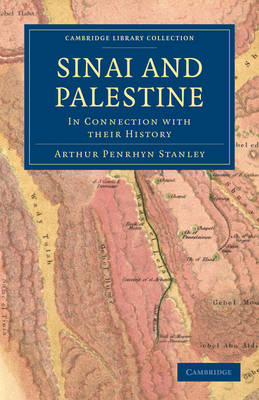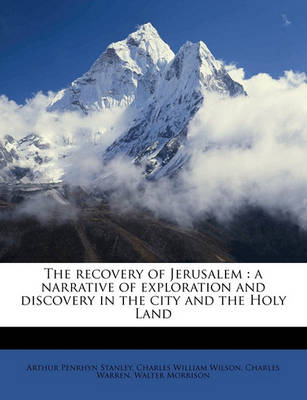Cambridge Library Collection - Archaeology
2 total works
Arthur Penrhyn Stanley (1815–1881) was a Biblical historian and was also considered the leading liberal theologian of his day. After being appointed a Canon of Canterbury Cathedral in 1850 he was elected Regius Professor of Ecclesiastical History at the University of Oxford before becoming Dean of Westminster in 1863. During 1852 and 1853 Stanley travelled extensively in Egypt and the Holy Land. In this book, published in 1856, Stanley describes in vivid detail the ancient monuments and sites he visited, relating these locations to descriptions in the Old Testament and discussing the 'sacred geography' this creates. His work was immensely popular, with this volume running into a fourth edition within a year of publication. It provides a classic example of the combination of Biblical scholarship with historical literature which formed the basis of historical scholarship on the ancient Near East in the late nineteenth century.
The Recovery of Jerusalem
by Sir Charles William Wilson, Charles Warren, Walter Morrison, and Arthur Penrhyn Stanley
Published 3 February 2010
The Palestine Exploration Fund was created in 1865, with the purpose of carrying out exploration and excavation in the area of the Near East then known as Palestine, and publishing the results of any discoveries. This 1871 book sums up the main results of the Fund's work in Jerusalem, contributing 'to our knowledge of the Holy City and the sacred localities around it' and providing a context for studying the Bible. The first part contains an introduction by Dean Stanley of Westminster, a topographical and historical survey of Jerusalem, and accounts of excavations in different parts of the city. The second part consists of reports on the wider area, including the Sea of Galilee and the Sinai Peninsula. The illustrated work is an invaluable account of the operations of the Fund and the state of archaeological knowledge of the Holy Land in the middle part of the nineteenth century.

